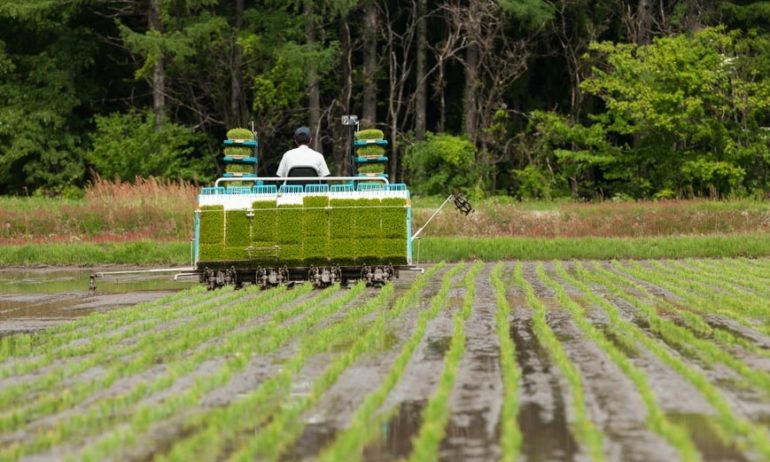Rice is a key food staple for more than half of the global population and supports more than 140 million smallholder farmers in the developing world. Unfortunately, rice production alone is currently responsible for 5 to 10 percent of greenhouse gas emissions and 35 to 45 percent of the world’s irrigated water use.
But it’s possible to improve production methods to prevent these environmental impacts while improving food security in the developing world. The U.N Environment Programme (UNEP) and the International Rice Research Institute (IRRI) recently announced the first-ever worldwide standard for sustainable rice production, as part of a partnership, the Sustainable Rice Platform (SRP), at a kickoff workshop in Cambodia.
Mars Food is the first company to commit to the new standard, and will apply it to 100 percent of its rice by 2020, including Uncle Ben’s, which is the world’s largest rice brand. Mars is already piloting the new standard in Pakistan and India with practices that work to improve both food safety and water quality.
The standard implemented by the SRP includes 46 requirements for productivity, food safety, worker health, labor rights, and biodiversity, designed to reduce the environmental footprint of rice cultivation while improving the incomes of small farmers.
“Caring for our environment as well as our entire supply chain from end-to-end is more than usual corporate responsibility. It’s an imperative for Mars Food,” says Fiona Dawson, President of Mars Food. “Through the global standard, we hope to create benefits for all involved from the farmers to our consumers. The benefit for us is that is that we are ensuring premium quality rice, whilst also ensuring a higher income for farmers, and a better environment for current and future generations. It is a truly mutual solution.”
The SRP vision for success includes benchmarks to reduce expenditures on rice by people under the US$1.25 poverty line, to avert 1 billion tons of carbon dioxide emissions, and to reduce hunger in Asia by 12 percent, all by 2035.











